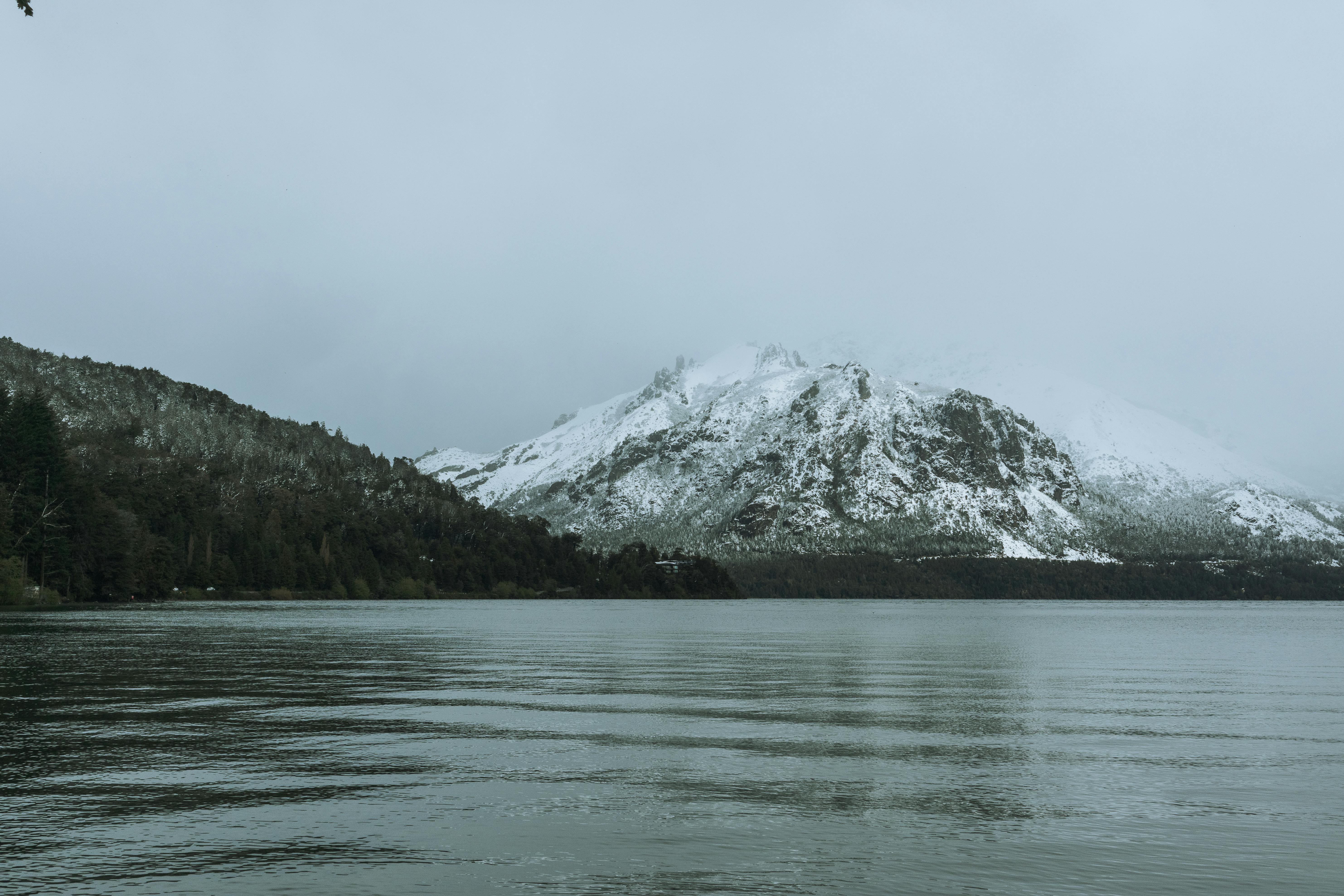7 Brutal Truths About Prescription Ski Goggles That’ll Change Your Time on the Slopes
Ah, skiing—nature’s very own rollercoaster where you flirt with gravity, wage war with sub-zero temperatures, and occasionally find out just how durable your tailbone truly is. As a guy who’s been skiing since university and has spent his life perfecting snow-induced chaos, I’ve learned one thing: your vision can make or break your experience faster than that time Sheila thought she’d try a black diamond run after two margaritas. But here’s today’s conundrum: are prescription ski goggles really worth it? Or are they just overpriced accessories for the snow-trekking elite?
That Glorious (and Maddening) Struggle of Vision on the Slopes
Picture this: it’s a powder-perfect day. Blue skies, snow sparkling with just enough light to feel like the next screen saver on some tech nerd’s laptop. But instead of cutting through the cloud nine bliss, you’re squinting at the trail signs like an 85-year-old trying to read the TV remote in the dark. Why? Because you’re wearing regular glasses under ski goggles, and naturally, they’ve fogged up to the point of being downright opaque.
Been there. Many times, actually. Like an idiot, I spent years smashing my regular glasses under my clunky old goggles. Ever felt the side of your glasses frames digging into your temples while the slope ahead dissolves into a foggy mess? It’s... what’s the word... hell. Sure, I dabbled with contact lenses, but let’s just say my eyes and winter air mixed about as well as oil and water. By the end of one ski trip, I practically had to peel my desiccated eyeballs off my face. Good times, eh?
And don’t even get me started on the tree well incident—that’s a thrilling story for a different day. But that’s why vision on the slopes isn’t a nice-to-have—it’s a non-negotiable. If you’re squinting, fogging, or just plain guessing what’s 20 feet down the slope, you're signing up for disaster. Period.
The Prescription Ski Goggles Revelation: A “Clear” Winner?
Fast forward to now—modern technology has made goggles smarter than your phone and almost as capable as your mom’s predictions about your bad life choices. Prescription ski goggles entered the chat like a white knight with anti-fog coating and the promise of clear, comfortable vision. They’re a game-changer, and let me tell you why.
But first, let’s clarify. I’m not talking about the “wear your glasses underneath” gig or hammering contact lenses into your frozen retinas. No, prescription goggles like the Overo Prescription Inserts ride in with one clean mission: to let you see the slopes with all the HD clarity of a Pixar movie—no fog, no pressure digging into your skin, and no glasses flopping around mid-jump like an untrained seal.
What Makes Them Worth It?
Here’s why prescription ski goggles made an instant convert out of me and every other four-eyed slope enthusiast I know:
- Fog-Free Divinity: Military-grade anti-fog coating? Am I storming Normandy or hitting the slopes? Either way, the technology works. I tested the Overo Prescription Ski Goggle Inserts in powder dumps that could’ve buried a Land Rover—no fog, no problem. Let’s see your standard glasses pull that off. Spoiler: they won't.
- Comfort You Didn't Know You Needed: Fusing prescription glasses into an insert that fits neatly inside your goggles sounds simple, but it’s pure engineering wizardry. This isn’t duct tape and prayer, folks; these inserts stay put, hug your face just right, and don’t leave your ears throbbing like they’ve gone three rounds with Mike Tyson.
- See Everything, Miss Nothing: You know that moment when you crest a hill, see a mogul, and smirk because you’re 100% ready to crush it? That sense of control comes with perfect vision. Before my prescription goggles, every slope felt like skiing into the unknown—a terrifying game of “Where’s the edge and how soon can I fall off?” Turns out, when you can actually see, skiing becomes fun. Who knew?
- Eco-Friendly Yet Hardcore: Did I expect my ski goggles to boast recyclable materials? No. But boy, do I feel like a saint knowing my gear isn’t destroying the Earth as I shred its mountains. Overo balances sustainability with high performance like a high-wire act over Niagara Falls. It’s rare—and it’s brilliant.

But Wait, What About Alternatives?
Look, before I threw down my hard-earned cash on prescription goggles, I tried everything. And by everything, I mean everything that doesn’t work as well but still exists. For the sake of journalism (and your eyesight), let me break it down:
- Wearing Glasses Under Goggles: This is like cramming a square peg in a round hole. Sure, it technically “works,” in the same way a fork technically works as a back scratcher. But enjoy the migraine when your glasses shift or dig into your skull, and let’s not forget the industrial-grade fog you’ll have to wipe off every 10 seconds. Zero stars.
- Contact Lenses: Ah, the great “just wear contacts” argument. Fine in theory. Nightmarish in practice. Once the wind and dry air tag-team your eyes, you’ll wish you’d stayed in the lodge sipping hot cocoa.
- OTG (Over The Glasses) Goggles: They exist. They're the hamster wheel of the ski world—not entirely ineffective, but nowhere near efficient. If your glasses and goggles shift out of sync, you’re back to blurry chaos.
- Cheap Clip-In Inserts: Sure, they’re budget-friendly, but don’t expect comfort, clarity, or dignity. I’ve danced this dance, and my eyes deserve better.

The Verdict: Let’s Do the Math
If you’re skiing twice a year just to prove to your friends that you’re “outdoorsy,” maybe prescription goggles feel like overkill. (You’re probably the same guy who rents ski boots and eats nachos for half the trip.) But for anyone serious about carving powder? Prescription goggles are a revelation. At around $200-$300 for good ones like Overo Prescription Ski Goggle Inserts, you get a level of clarity and confidence that cannot be overstated.
Heck, I’ve spent more on après-ski drinks after a long day than on the gear that lets me enjoy the slopes safely. What’s $200 compared to zero face plants and the peace of mind of seeing the trail ahead clearly? Trust me, your knees and dignity will thank you.

Final Thoughts: Are They Worth It?
Listen, I’m the guy who used to scoff at “unnecessary” gear too. But after nearly 20 years of skiing (and making a career out of teaching people why safety and performance matter), I’ll say this: prescription ski goggles are not a luxury; they’re a smart investment. Whether you’re taking on your first bunny hill or a double black diamond, clear vision is a non-negotiable.
Skiing is hard enough without wrestling your own eyes. Don’t settle for fogged glasses, dried-out contacts, or half-baked workarounds. Get gear that works as hard as you do. With Overo’s prescription inserts, my vision is finally as sharp as my sarcastic wit.
So, are prescription ski goggles worth it? Only if you value things like vision, safety, and skiing like you actually know what you’re doing. Don’t be that guy left squinting at the sign that says “Caution: Cliff Ahead.” Get prescription goggles. You’ll thank me when you’re king (or queen) of the mountain.
(And if you’re stuck in a tree well anyway? Well… at least you’ll see how you got there.)
Frequently Asked Questions
Are prescription ski goggles worth the investment?
Yes, they offer fog-free clarity, comfort, and improved safety on the slopes, especially for avid skiers. If you’re serious about skiing and value clear vision and performance, they’re a smart investment.
Can I just use glasses under regular ski goggles?
While possible, it’s far from ideal. Glasses tend to fog, dig into your temples, and shift during activity, making skiing frustrating and unsafe. Prescription goggles eliminate these issues.
What’s the difference between OTG (Over The Glasses) goggles and prescription goggles?
OTG goggles are designed to fit over your glasses but often shift and fog. Prescription goggles with inserts provide clear, fog-free vision without the hassle of glasses.
Are there other alternatives to prescription ski goggles?
Alternatives include contact lenses or cheap clip-in inserts, but these solutions lack the clarity, comfort, and fog-free technology offered by prescription inserts.
How much do prescription ski goggles typically cost?
Good quality prescription ski goggles with inserts cost around $200-$300. While this may seem expensive, they offer tremendous value compared to alternatives and significantly enhance safety and performance.
Do prescription ski goggles work in extreme weather conditions?
Yes, high-quality options like Overo Prescription Inserts are designed for durability and clarity, even in extreme conditions like heavy snow or freezing temperatures.
References
- Can You Use MX Goggles for Skiing? - Overo Goggles Blog
- Magnus RX Ski Goggles - Sport Eyes
- Prescription Ski Goggle Inserts - SportRx
- Prescription Goggle Inserts Discussion - TheSkiDiva Forums
- Goggles Buying Guide - REI Expert Advice



Share:
5 Reasons Why Prescription Ski Goggles Are Worth Every Penny (And a Story of My Epic Slope Revival)
7 Reasons Why Prescription Ski Goggles are Worth the Investment